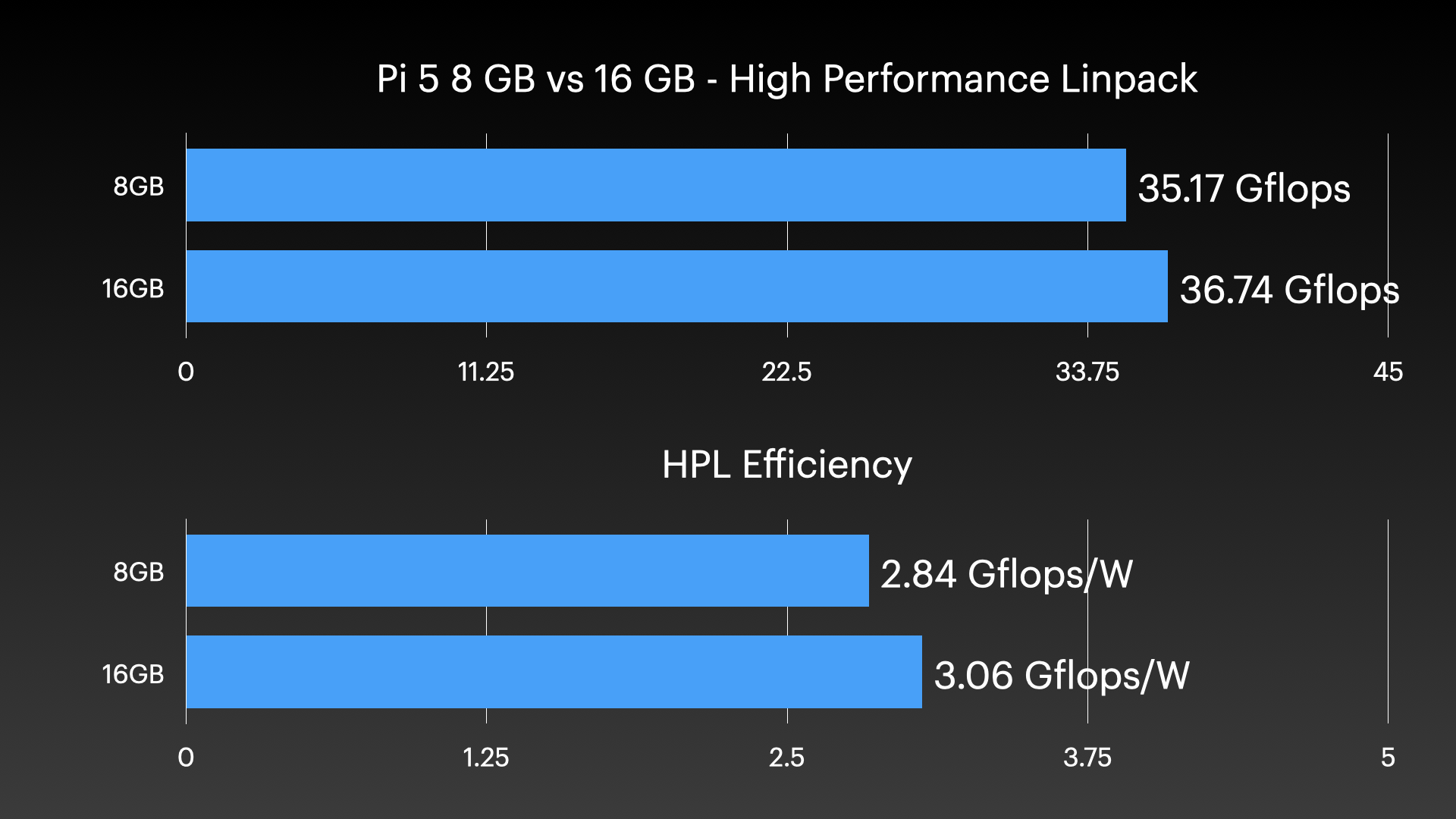SiFive's HiFive Premier P550 is a strange, powerful RISC-V board

SiFive's HiFive Premier P550 is a strange board. It's the fastest RISC-V development board I've tested—though I haven't tested a Milk-V Megrez. It's also Mini DTX, which is an ATX-adjacent standard board size that won't fit in many Mini ITX SFF PC cases, which might be why SiFive and ESWIN are releasing a custom case for it (pictured above, which they sent along with the board for my review).










